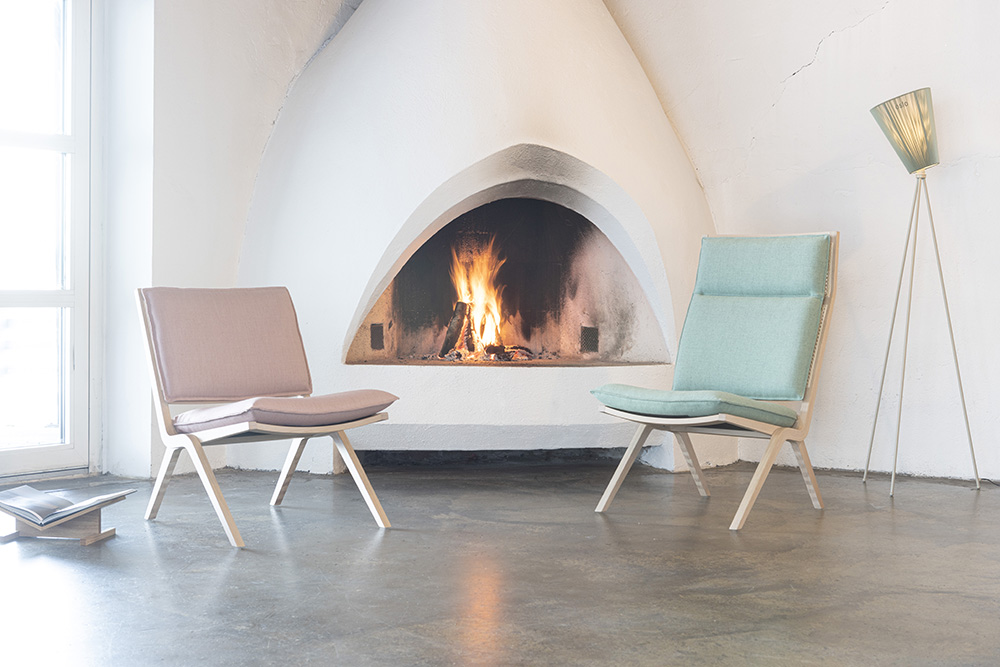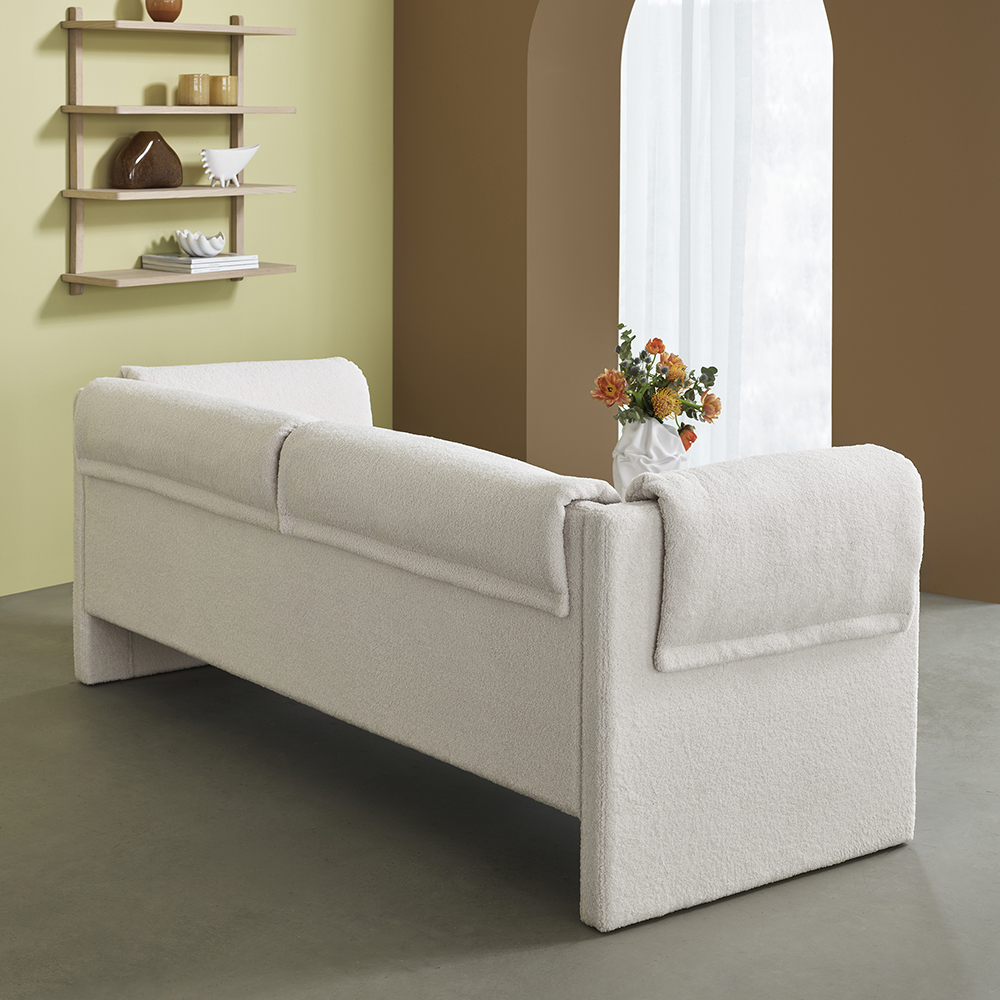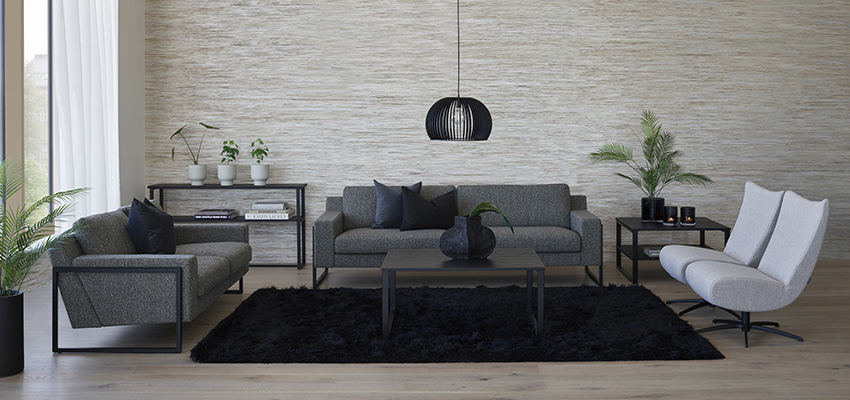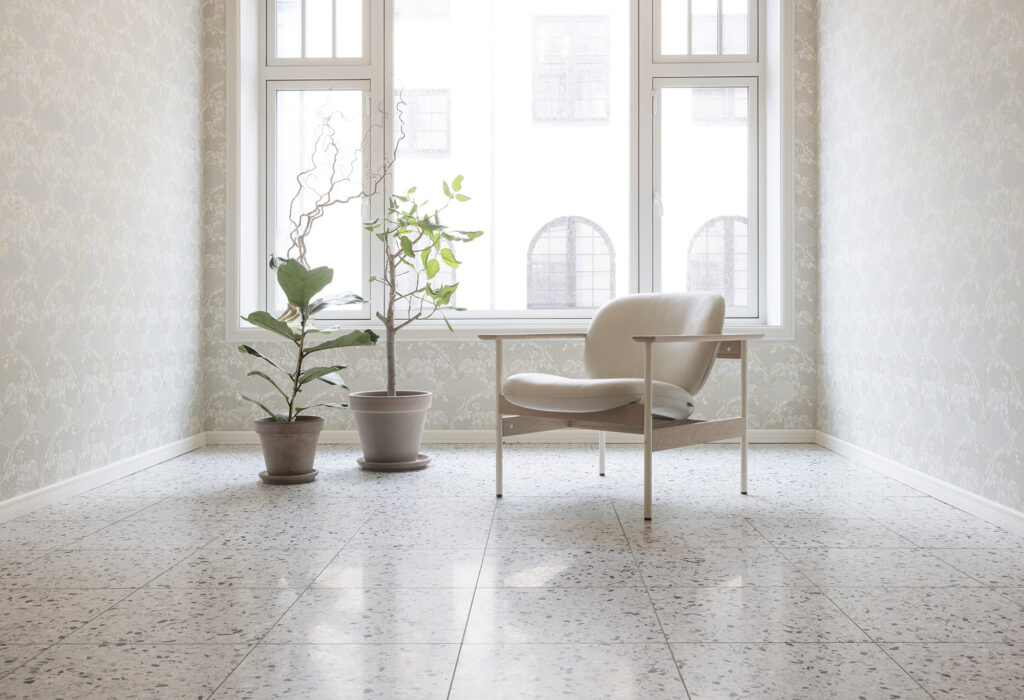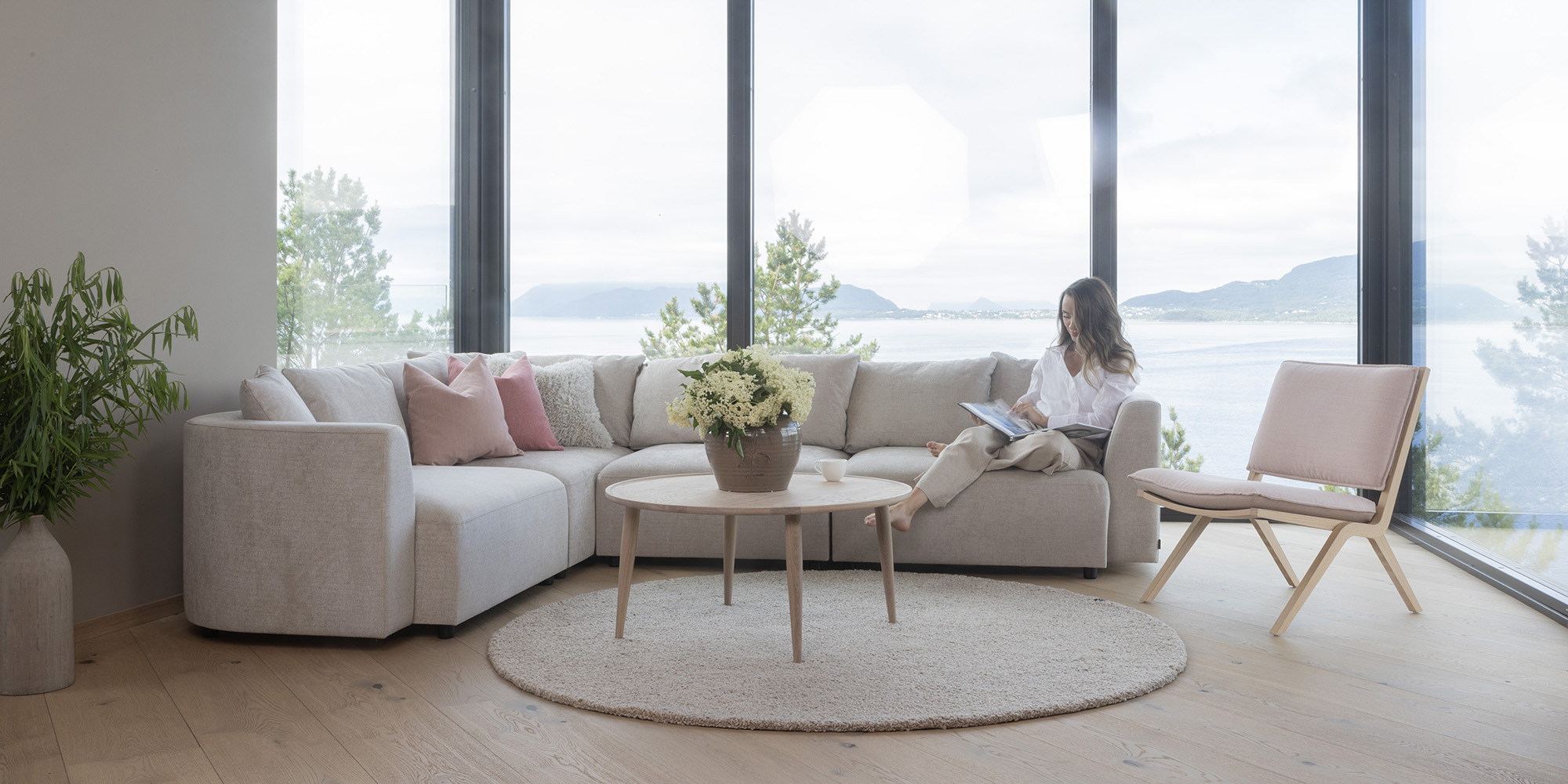
Scandinavian? Norwegian!
A new name at the fair.
Formfin is all about Norwegian lifestyle design that sets itself apart from the widely known Scandinavian style. Re-upholstering of the fixed upholstery models is done ‘locally at a distance’. The Eco Lighthouse certificate is a sustainability label avant la lettre.
The history of Formfin goes back to 1946. The family firm has always stayed true to the Norwegian lifestyle and design principles. One of their starting points is ‘Made for hygge’: cosiness in and around the house. ‘Norwegians spend an average of 4 hours a day at home on a sofa/armchair. That equates to 28 hours per week.’ So naturally, you would want to sit comfortably. That’s why the armchairs and sofas have a slightly more voluminous, more ergonomic seat than is usual in Scandinavian design.
The collection consists of iconic classics, re-designs and original designs. Formfin works with an in-house design team, established names and young, up-and-coming talent. ‘This mix leads to interesting interactions. Boundaries are shifted with alternative solutions (materials, shapes, etc.).’
Take the outdoor collection, for example. Here too, the seating comfort makes all the difference: instead of permeable DryFeel foam, the cushions have a waterproof, breathable upholstery (Sympatex). The cushion can collapse and spring up again, just like with indoor sofas. Sympatex is popular in the high-end outdoor industry, thanks to its weather-resistant qualities and environmentally friendly production methods.
This chimes perfectly with Formfin’s approach and the Norwegian Eco-Lighthouse certification. It was created more than thirty years ago, well before sustainability became a hot issue worldwide. Respect for nature is deeply rooted in the national character, the country and the business. This underpins Formfin’s use of local and sustainable materials, timeless shapes and colours. All to ensure that the seating can last for generations to come.
Re-upholstery is part of the mix, but this is not self-evident in a country as vast as Norway. Logistics and transport costs are a significant challenge. The solution? Formfin sends the cut-out pieces of fabric to the customer (consumer). A local upholsterer only needs to cover the model. This is gratefully used! What is possible within Norway can also be done abroad. Hence the ‘locally at a distance’ upholstery specification. An ingenious solution like this sets a great example!
